Token Burn Impact Calculator
Input Parameters
When a project sends tokens to an address that no one can ever access, it’s called token burning. The practice sounds dramatic, but the economics behind it are surprisingly simple: fewer coins mean each remaining coin can be worth more, assuming demand stays steady. Below you’ll find the main reasons projects choose to burn tokens, real‑world examples, and what the practice means for investors and network participants.
Quick Takeaways
- Burning creates artificial scarcity, often nudging price upward.
- It acts as a built‑in anti‑inflation tool for long‑term token stability.
- Stakers and validators see higher USD rewards when supply shrinks.
- Transparent burns signal confidence, improving market sentiment.
- Governance‑driven burns give communities a direct say in supply management.
What Token Burning Actually Is
Token burning is a deflationary mechanism where a blockchain token is sent to a provably unspendable address, removing it permanently from circulation. Because the address has no private key, the tokens can never be retrieved, making the destruction irreversible and fully auditable on the ledger.
Artificial Scarcity: Turning Supply Cuts into Value Gains
The most intuitive benefit is supply reduction. Think of a token with a $1billion market cap and 1million coins in circulation - each coin averages $1,000. Burn 100,000 coins (10% of the supply) and the market cap stays the same; the new average price jumps to about $1,111, an 11.1% increase. In reality, market sentiment and external factors also play a role, but the math shows why burns are attractive.
Real‑World Burn Success Stories
Several high‑profile projects have built reputation around regular burns:
- Binance Coin (BNB) schedules quarterly burns worth roughly $10million, steadily trimming supply and reinforcing price growth.
- Stellar (XLM) executed a 55billion‑token burn in 2019, dramatically shrinking its circulating supply.
- Terra LUNA burned 88.7million tokens in November2021 (about $4.5billion at the time), a move approved by community vote that preceded a record price spike.
Inflation Control and Economic Stability
New token emissions can create upward pressure on supply, diluting value. Burns counteract this by destroying a portion of the newly minted tokens, keeping the net supply in check. Common approaches include:
- Transaction burns: a tiny percentage of every transfer is automatically destroyed.
- Scheduled burns: pre‑programmed events that happen monthly, quarterly, or yearly.
- Buy‑back and burn: the project purchases tokens on the open market and then burns them.
Algorithmic stablecoins often rely on frequent burns to keep their peg, showing how the technique can serve immediate stabilization needs.
Boosting Staking Rewards and Validator Incentives
In proof‑of‑stake (PoS) networks, rewards are usually distributed as a share of total supply. When the supply contracts through burns, each validator’s slice represents a larger dollar amount. This creates a virtuous loop: higher token value + higher reward value attracts more validators, which in turn strengthens network security and decentralization.
Investor Confidence and Market Sentiment
Transparency is a scarce commodity in crypto. A burn transaction is recorded on‑chain, timestamped, and immutable-anyone can verify it instantly. When projects publicly announce a burn, investors interpret it as a bullish signal that the team is committed to long‑term value rather than short‑term fundraising. This psychological boost often leads to short‑term price rallies and longer‑term holder loyalty.
Strategic Positioning and Competitive Edge
Tokens that embed burning mechanisms into their code gain a clear market differentiator. Potential investors worry about dilution; a built‑in burn roadmap reassures them that future supply will keep shrinking. The predictability of scheduled burns also lets traders factor supply shocks into their models, creating sustained demand pressure.
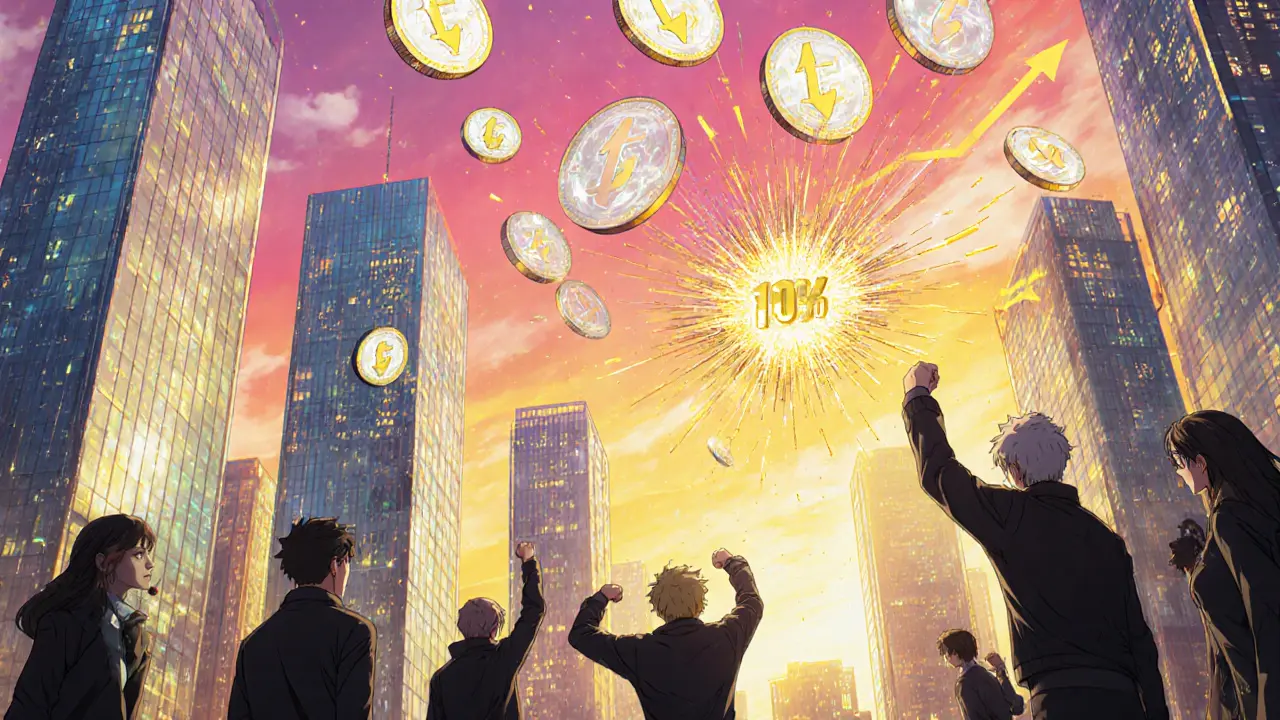
Technical Simplicity vs. Traditional Share Buybacks
Corporate share repurchases can be reversed or delayed, leaving shareholders uncertain. Token burns, by contrast, are final and publicly auditable. Sending tokens to a burn address-usually a wallet whose private key is provably inaccessible-means the destruction cannot be undone, offering a higher degree of certainty.
Long‑Term Store‑of‑Value Potential
Deflationary assets tend to attract investors seeking protection against fiat inflation. Just as gold’s scarcity drives its value, a token that continuously reduces its supply can develop similar store‑of‑value qualities, especially in economies where traditional currencies lose purchasing power.
Community Governance and Democratic Value Distribution
Many projects let token holders vote on burn proposals. This democratic approach aligns supply decisions with community interests. For example, Terra’s LUNA burn was approved via on‑chain voting, turning a treasury reduction into a direct value transfer to all holders.
Future Outlook: Evolving Burn Strategies
As regulations tighten and the market matures, we’ll likely see more nuanced burn models tied to real‑world revenue, network usage metrics, or governance milestones. Smaller projects already use revenue‑linked burns-allocating a slice of transaction fees to a burn pool-signaling that the practice will become a standard component of tokenomics design.
Comparison of Token Burn Benefits
| Benefit | Mechanism | Primary Effect | Notable Example |
|---|---|---|---|
| Artificial Scarcity | Supply reduction | Potential price uplift | BNB quarterly burns |
| Inflation Control | Transaction or scheduled burns | Stabilizes token value | Algostablecoins |
| Enhanced Staking Rewards | Supply contraction | Higher USD rewards for validators | Proof‑of‑Stake networks |
| Investor Confidence | Transparent on‑chain burns | Positive market sentiment | Terra LUNA community burn |
| Governance Participation | Community‑voted burns | Democratic supply management | Terra LUNA vote‑driven burn |
How to Evaluate a Project’s Burn Strategy
- Check the burn address: It should be provably unspendable (e.g., 0x000…dead).
- Review the burn schedule: Regular, predictable burns are a stronger signal than one‑off events.
- Assess the impact on circulating supply: Compare pre‑burn and post‑burn figures on block explorers.
- Look for governance involvement: Community‑approved burns indicate alignment with holder interests.
- Consider the broader tokenomics: Burns should complement, not replace, solid utility and demand drivers.
Common Pitfalls to Avoid
- Assuming a burn alone guarantees price gains-demand must exist.
- Ignoring the source of funds used for buy‑back burns-if a project sells assets at a loss, the net effect could be negative.
- Over‑burning to the point of illiquidity, which can deter new investors.
Next Steps for Investors
If you’re weighing whether to add a token with a burn plan to your portfolio, start by tracking the burn events on a blockchain explorer, read the project’s roadmap for future burns, and join community channels to gauge sentiment. Combine this with fundamental analysis of the token’s utility to get a balanced view.
Frequently Asked Questions
What is the main purpose of token burning?
The core purpose is to reduce the total circulating supply permanently, creating scarcity that can boost token value and offset inflation from new emissions.
How can I verify that a burn actually happened?
Burns are recorded on‑chain. Look up the transaction hash on a block explorer and confirm the destination address is a known burn address (often ending in “dead” or a null address) with no private key.
Do burns affect token liquidity?
Generally, burns remove only a small portion of total supply, so liquidity stays healthy. Over‑burning, however, can shrink the tradable pool and deter new investors.
Can a project reverse a token burn?
No. By design, tokens sent to an unspendable address cannot be retrieved, making burns irreversible and fully auditable.
Are token burns better than share buybacks?
Burns offer more certainty because they’re permanent and transparent on the blockchain, whereas share buybacks can be undone or manipulated.

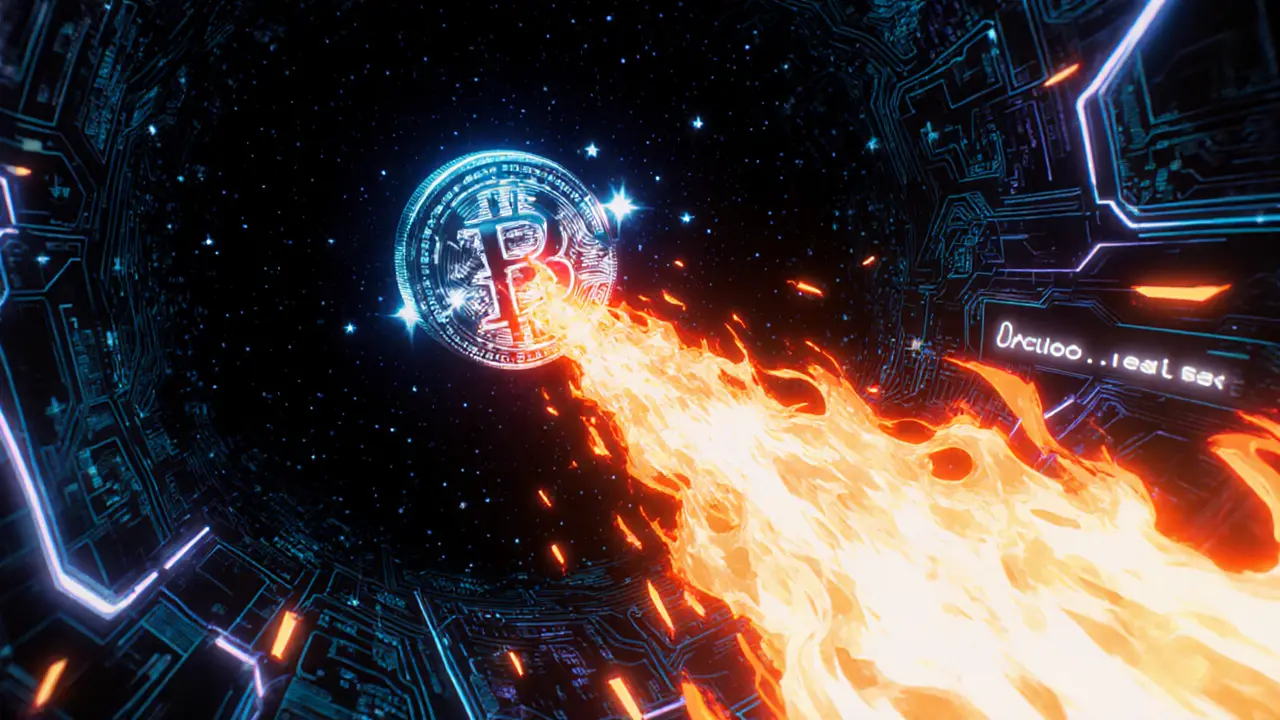
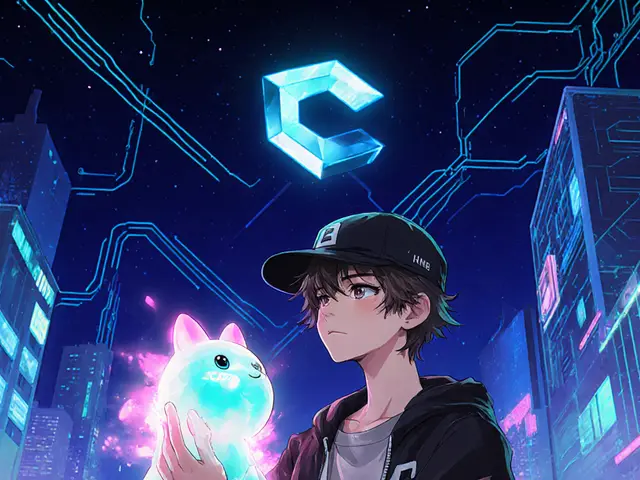
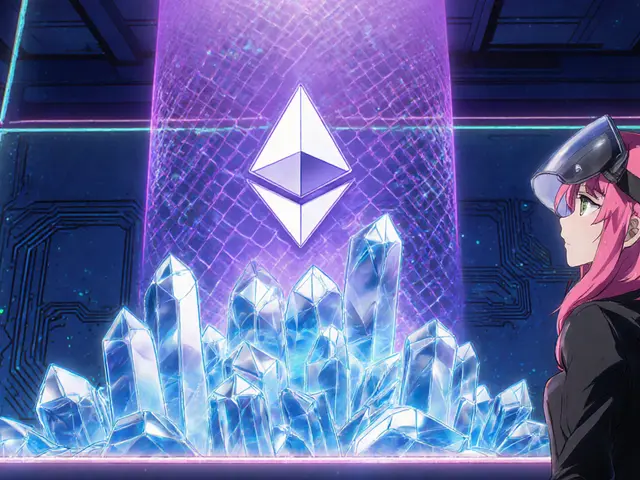

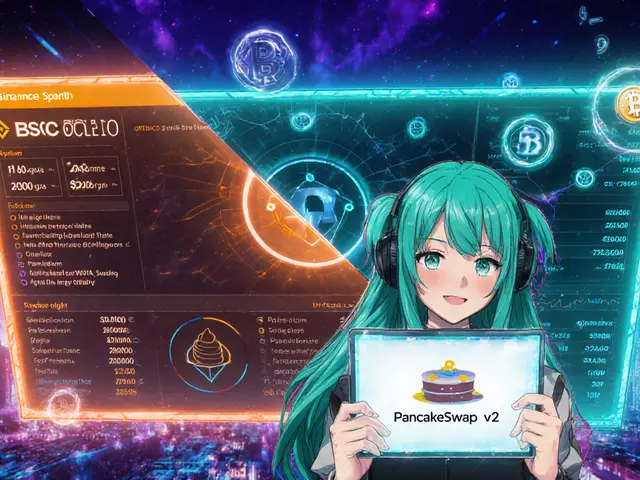
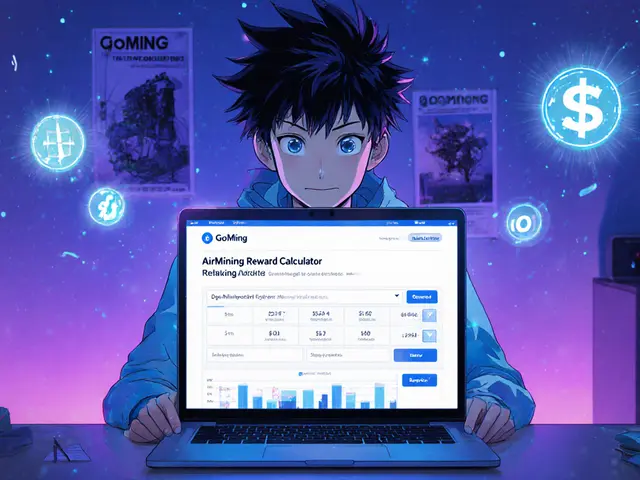
Comments
april harper
August 13, 2025 AT 12:35 PMIn the grand theatre of finance, token burns are the pyres upon which hope is kindled. The act of flinging coins into oblivion feels like a sacrificial rite, promising a rebirth of value. Yet the audience knows that scarcity alone cannot conjure demand; it merely sets the stage. When markets whisper of scarcity, investors lean in, eyes lit by the glow of potential profit. Thus, the drama of burning is as much about narrative as it is about numbers.
Billy Krzemien
August 22, 2025 AT 00:35 AMGreat overview! The breakdown of supply mechanics really helps newcomers grasp why burns matter. Remember to keep an eye on the burn schedule; consistency signals seriousness. Pairing burns with genuine utility creates a solid foundation for long‑term growth. Keep up the good work, and feel free to explore more examples if needed.
Katrinka Scribner
August 30, 2025 AT 12:35 PMLove the vibe 😊 Token burns feel like fireworks 🎆 they light up the charts! Just a heads up tho, sometimes the math can get messy if you miss a zero 🤓
Michael Wilkinson
September 8, 2025 AT 00:35 AMThe article nails the core idea, but it glosses over the risk of over‑burning. Too many burns can choke liquidity and scare off new investors. A balanced approach is essential, otherwise the token becomes a broken toy.
Carl Robertson
September 16, 2025 AT 12:35 PMBurns are like theatrical bloodlettings, and some projects treat them as a spectacle rather than a strategy. When the curtain falls, the audience often forgets the underlying fundamentals. A token without real utility is just a pretty prop, no matter how many coins vanish. The market punishes hype when the performance ends. Watching these self‑inflicted scars, I see more showmanship than substance. In the end, scarcity without demand is an empty promise.
Rajini N
September 25, 2025 AT 00:35 AMFrom a technical standpoint, verifying a burn is straightforward. Locate the transaction hash on a block explorer, then confirm the destination address is a known null address. This ensures the tokens are irretrievable. Consistent documentation of each burn builds trust with the community. Combining transparent burns with solid use‑cases creates a sustainable ecosystem.
Kate Roberge
October 3, 2025 AT 12:35 PMMost people hail burns as silver bullets, but they’re just one piece of the puzzle. If a project relies solely on token destruction to inflate price, it shows a lack of real innovation. I’d rather see investment in scaling solutions than endless pyres. The market will reward genuine progress over flashy burn events.
VICKIE MALBRUE
October 12, 2025 AT 00:35 AMBurns can boost price but only if demand holds.
Waynne Kilian
October 20, 2025 AT 12:35 PMConsider the ethical dimension of destroying value that could be used elsewhere. If a community decides to burn, it reflects a collective belief in scarcity as virtue. Yet, some argue that resources should be allocated to development rather than annihilation. The balance between symbolism and practicality remains a nuanced debate. Ultimately, the choice reveals much about a project's philosophy.
Naomi Snelling
October 29, 2025 AT 00:35 AMThey don’t tell you that many burn addresses are controlled by hidden entities pulling strings behind the scenes. Some insiders might use burns to manipulate market perception while funneling profits elsewhere. Keep your eyes open, because not every burn is as pure as it seems. The veil of transparency can be a clever illusion.
Oreoluwa Towoju
November 6, 2025 AT 12:35 PMBurns work when they complement a token’s utility. Over‑burning can dry up liquidity, hurting traders. A sensible schedule keeps the ecosystem healthy.
Jason Brittin
November 15, 2025 AT 00:35 AMOh sure, just burn more tokens and watch the chart magically climb 🚀. As if scarcity alone solves every problem. Meanwhile, developers still need to deliver real features. Burn hype without substance is like dressing a broken engine in fancy paint.